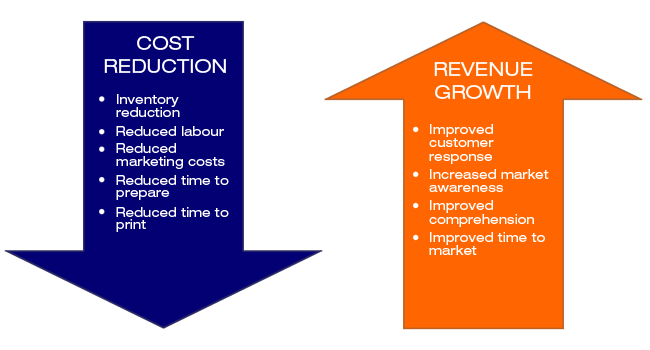Digital Printing Fundamentals Explained
Digital Printing Fundamentals Explained
Blog Article
Our Digital Printing PDFs
Table of ContentsDigital Printing for BeginnersThe Greatest Guide To Digital PrintingThe 7-Second Trick For Digital PrintingDigital Printing Fundamentals ExplainedThe 10-Second Trick For Digital PrintingThe 5-Minute Rule for Digital Printing
Variable information printing, such as direct mail with individualized codes and addresses, is ideally matched for electronic printing. Digital quick printing only needs four actions of design, evaluation, printing and binding to obtain every little thing done. Digital quick printing has an unmatched benefit: print on need.According to PMMI, electronic printing allows brand names and suppliers to respond promptly to consumer demands while enhancing the supply chain, reducing warehousing price and waste, and taking pleasure in faster time to market. That all audios terrific, yet exactly how does this technology do all that? The major differentiator of these innovations is that there are no set up fees and no plates with electronic printing.
Rumored Buzz on Digital Printing
According to Wikipedia, the best distinction in between electronic printing and conventional techniques such as lithography, flexography, gravure, or letterpress - Digital Printing is that there is no requirement to change printing plates in electronic printing, whereas in these analog printing methods home plates are continuously replaced. This results in quicker turnaround time and lowers price when using electronic printing.
Rapid production indicates obtaining your product to market much faster. It additionally implies it's much easier and faster to make modifications in the future, when you transform a recipe, add a SKU, or develop seasonal packaging. Digital printing is extremely versatile, so it's very easy to make changes to the plan style swiftly. It all returns to the plates.
Extra inventory can mean even more waste down the roadway. With conventional printing methods, short-run printing is simply not possible. Since an excellent design can make or break your item, electronic printing regularly creates premium, clear and colorful graphics each time. Digital printing on adaptable pouches adds the brilliant, lively, and accurate graphics that practically beckon customers to get to out and touch them.
Digital printing is the process of printing digital-based pictures directly onto a range of media substratums. There is no demand for a printing plate, unlike with offset printing. Digital files such as PDFs or desktop computer posting data can be sent out straight to the digital printing useful content machine to publish on paper, photo paper, canvas, material, synthetics, cardstock and other substratums.
The Facts About Digital Printing Revealed
According to PMMI, electronic printing permits brand names and suppliers to respond quickly to customer needs while improving the supply chain, lowering warehousing expense and waste, and delighting in faster time to market. That all audios wonderful, however just how does this innovation do all that? The significant differentiator of these innovations is that there are no set-up costs and no plates with digital printing.
This results in visite site quicker turn-around time and lowers cost when using digital printing.

Some Known Questions About Digital Printing.
With standard printing methods, short-run printing is just not possible. Since an excellent style can make or break your item, electronic printing continually develops top notch, clear and colorful graphics each time.

According to PMMI, electronic printing allows brand names and producers to respond rapidly to client demands while boosting the supply chain, minimizing warehousing price and waste, and appreciating faster time to market. That all noises great, but exactly how does this technology do all that? The significant differentiator of these modern technologies is that there are learn this here now no set up fees and no plates with electronic printing.
Not known Factual Statements About Digital Printing
According to Wikipedia, the biggest distinction between digital printing and typical approaches such as lithography, flexography, gravure, or letterpress is that there is no demand to replace printing plates in electronic printing, whereas in these analog printing methods the plates are repeatedly replaced. This causes quicker turn-around time and reduces expense when using digital printing.
Digital printing is extremely adaptable, so it's simple to make adjustments to the plan layout quickly. It all goes back to the plates.

The Only Guide to Digital Printing
Digital printing is the process of printing digital-based images directly onto a selection of media substrates. There is no demand for a printing plate, unlike with balanced out printing. Digital files such as PDFs or desktop computer publishing data can be sent out straight to the digital printing press to publish on paper, picture paper, canvas, fabric, synthetics, cardstock and various other substrates.
Report this page